 |

|
|
|
|
|
 |
|
 |
|

|
| Item Name:
|
.General Dynamics F-16C Fighting Falcon 77th Fighter Squadron, 20th Fighter Wing Shaw AFB
|
| Kits |
.Academy
|
|
Scale: |
.1:32
|
| Builder: | .Wild Cat
| | Item Status: | .Built To Order / Pre-Order
| | 
| Detail features:
Award winner built F-16C Fighting Falcon of 77th Fighter Squadron, 20th Fighter Fighter Wing Shaw Air Force Base, South Carolina. Realistic painted and weathering finish. Large 32 scale with the screw-mounted main body. Beautiful grey camo scheme with accurate decals and unit markings. Top building quality with incredible detail overall and super accurate scale on each part. Add metal and PE parts. Clear and rubber parts. Finely conform perfectly recessed panel lines and rivets. Beautifully cockpit details. Intricately detailed wheel wells and landing gear. Add armaments and more add-on details.
* Top building quality with great details overall.
* Add on brass photo-etched parts are used for seat buckles, radar antenna, chaff/flare dispensers, and name-plate adding to the models realism and display value.
* This model achieves a level of accuracy only possible in such a large-scale work.
* The upper surfaces of the wings create a "Blended Body" which artfully depicts the F-16`s beautiful, streamlined form and proportions.
* The model features a screw-mounted main body.
* Pitot tube and static dischargers are reproduced using metal parts.
* Great replicate the characteristic large air intake duct, nicknamed "Big Mouth".
* Curved bubble top clear canopy with the super detailed cockpit.
* Ejector seat fitted with a moveable slide rail, just like the actual aircraft.
* Great detailed wheel bay.
* Newly developed mini poly caps to ensure that missiles, ECM pod and external fuel tanks are removable and interchangeable even after assembly.
* Edge flaps, horizontal stabilizer fins, and vertical tail fin flaps to move freely after assembly.
* Landing gear made from die-cast metal with brass Photo-etched parts ensures a high level of detail.
* Actual rubber tires for extra durability.
* Gun hatch and nose cone can be opened after assembly to display machine gun and radar system respectively.
* Metal weight has been added to the nose for accurate front-rear weight distribution.
* Missiles are installed using poly caps, allowing them to be removed and used interchangeably.
* Add drop tank and more add-on details.
Buffing and polishing to remove mold seam. Base color with primer and putty for better surface detail. Airbrushed and painted with multicolor. Add clear paint for good finishing on decal applying. Wash to enhance the surface detail and increase the appearance of depth including panels, doors, rivets, and more. Brushing to emphasis and highlighting texture with an edge for good wear, tear and fading. Filter out the contrast and blend color effects with airflow marks. Real-life nozzle burned multicolor representing. The great detail paint job on grease with staining appearing and more on real-life weathering. Final protective layer for long-term collection.

 |
922
| | | |

|
 |
 |
| 1
Dream Works Hobby |
 |
| 2
Dream Works Hobby |
 |
| 3
Dream Works Hobby |
 |
| 4
Dream Works Hobby |
 |
| 5
Dream Works Hobby |
 |
| 6
Dream Works Hobby |
 |
| 7
Dream Works Hobby |
 |
| 8
Dream Works Hobby |
 |
| 9
Dream Works Hobby |
 |
| 10
Dream Works Hobby |
 |
| 11
Dream Works Hobby |
 |
| 12
Dream Works Hobby |
 |
| 13
Dream Works Hobby |
 |
| 14
Dream Works Hobby |
 |
| 15
Dream Works Hobby |
 |
| 16
Dream Works Hobby |
 |
| 17
Dream Works Hobby |
 |
| 18
Dream Works Hobby |
 |
| 19
Dream Works Hobby |
 |
| 20
Dream Works Hobby |
 |
| 21
Dream Works Hobby |
 |
| 22
Dream Works Hobby |
 |
| 23
Dream Works Hobby |
 |
| 24
Dream Works Hobby |
|
 |
It`s hard to believe that the YF-16 first flew over thirty years ago. Selected in 1975 to fulfill a United States Air Force (USAF) for a lightweight fighter to supplant the F-15A, the type has gone on to become virtually the backbone of the USAF`s modern tactical capability. Over the years the F-16 has evolved from a relatively simple day fighter into a multi-role aircraft, equally as capable in close-support missions as it was in air superiority.
In the process, though, of expanding the roles of the F-16, the USAF found that the weight of the additional weaponry and systems on the F-16 degraded performance. The USAF had anticipated the requirement for more power, and had launched development of a more powerful version of the General Electric F-110 engine, which resulted in an engine that developed 33% more power at high subsonic speeds than the earlier F-110 engine. The new engine was incorporated into the F-16C Block 50 aircraft, which first flew in 1991 and entered USAF service in 1993. In addition to the new engine, the Block 50s featured a new head-up display, a more reliable radar, and, most importantly for the USAF, the capability for flying Suppression of Enemy Air Defense (SEAD) missions by the use of an AN/ASQ-213 targeting pod and the AGM-88 High-Speed Anti-Radiation Missle (HARM). This capability enabled the USAF to replace the last of their F-4 Phantoms, the F-4G, in the SEAD role.
The new Block 50s saw action for the first time in 1995 in Iraq as part of Operation Provide Comfort, the enforcement of the United Nations-mandated no fly zones, and over Bosnia in 1995 as part of Operation Deliberate Force. The type has also had an integral role in the current hot zones of Afghanistan and Iraq, as part of Operation Enduring Freedom and Operation Iraqi Freedom, respectively. Block 50s remain in production, and are slated to replace earlier blocks of the F-16 in USAF service. In addition, Greece, Turkey, and Israel operate Block 50 F-16s, and Chile is slated to take delivery of the type in 2006.
| |
 |
 |
 |
 |
 |
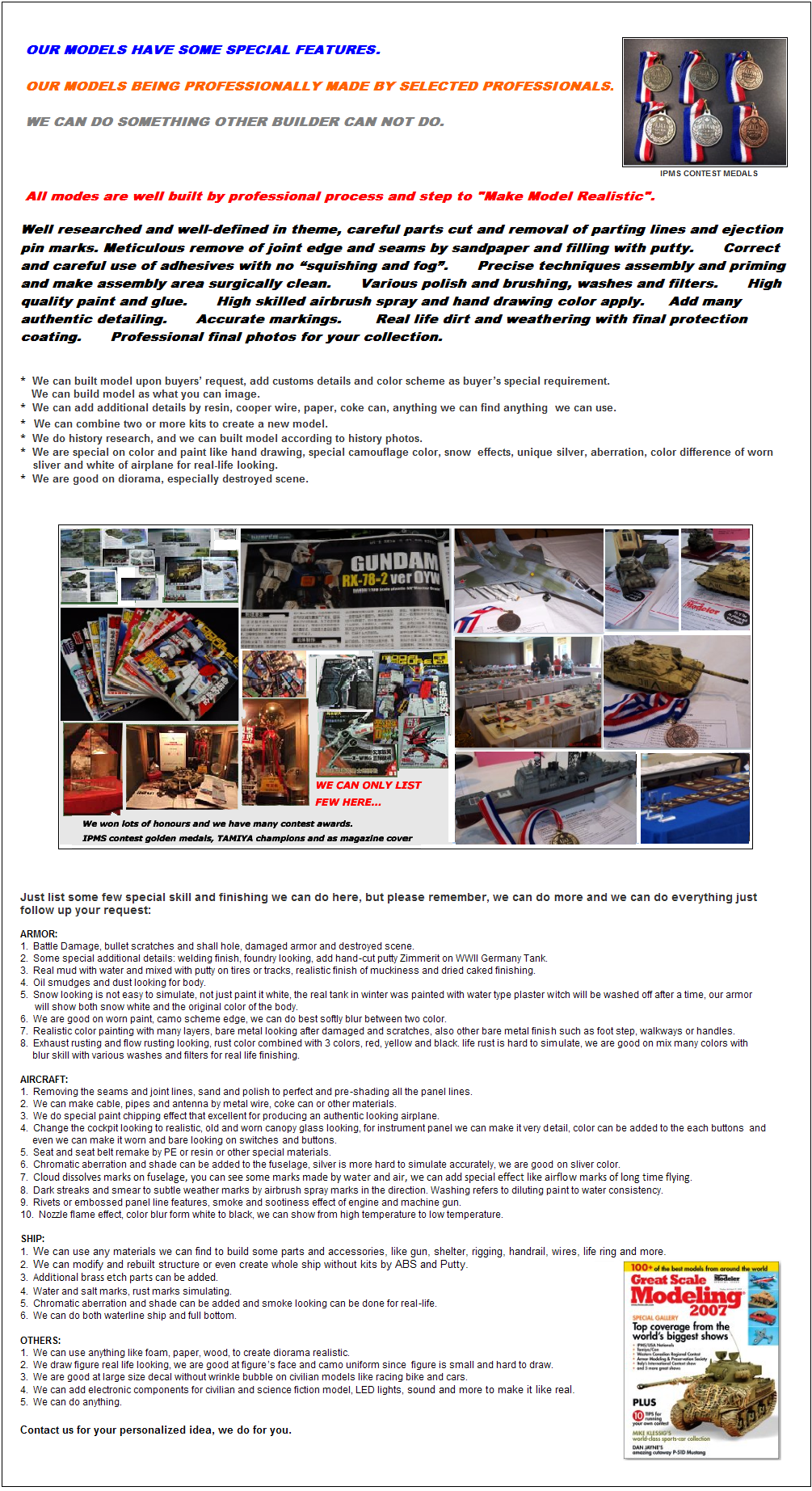
|
 |
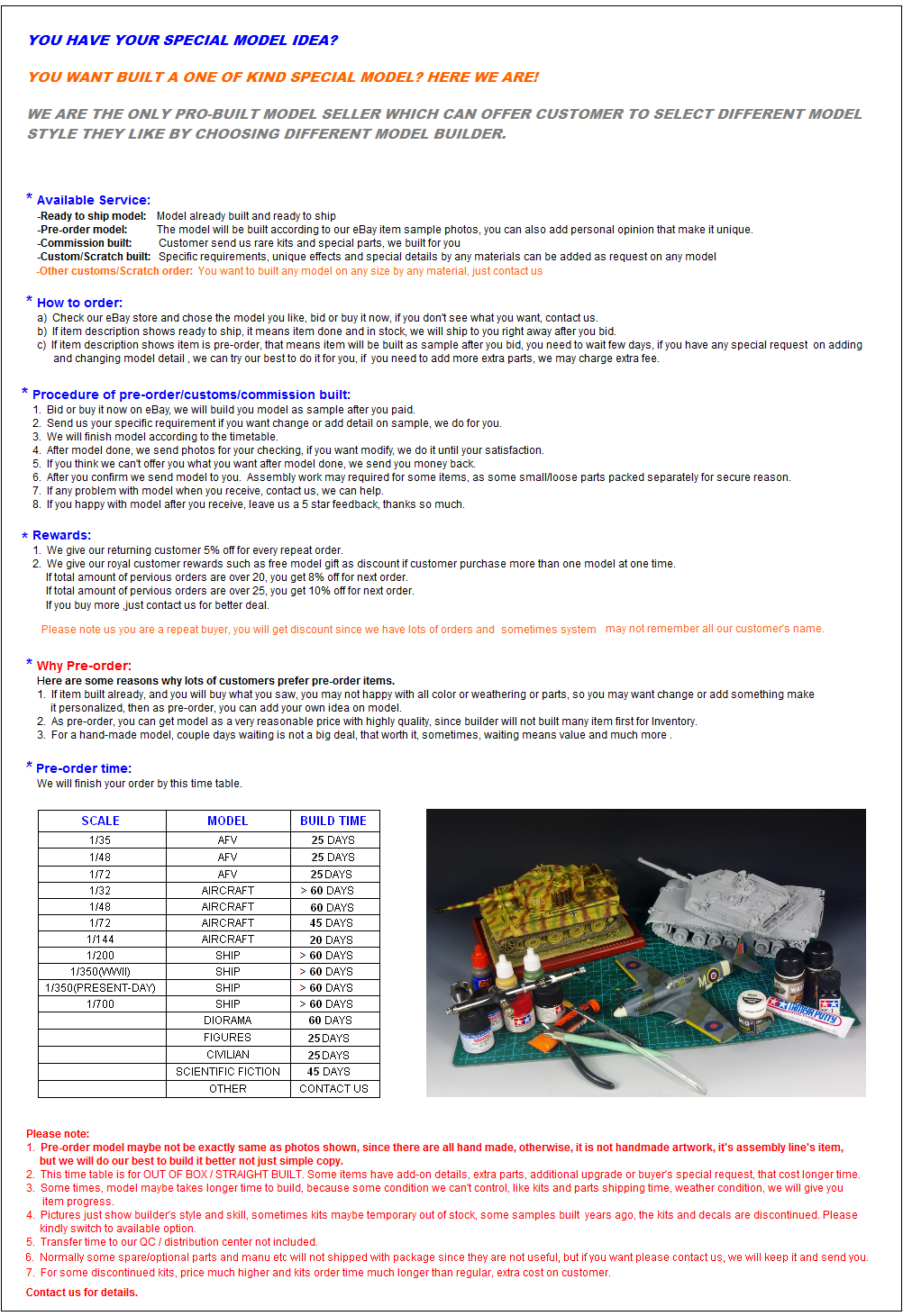 |
 |
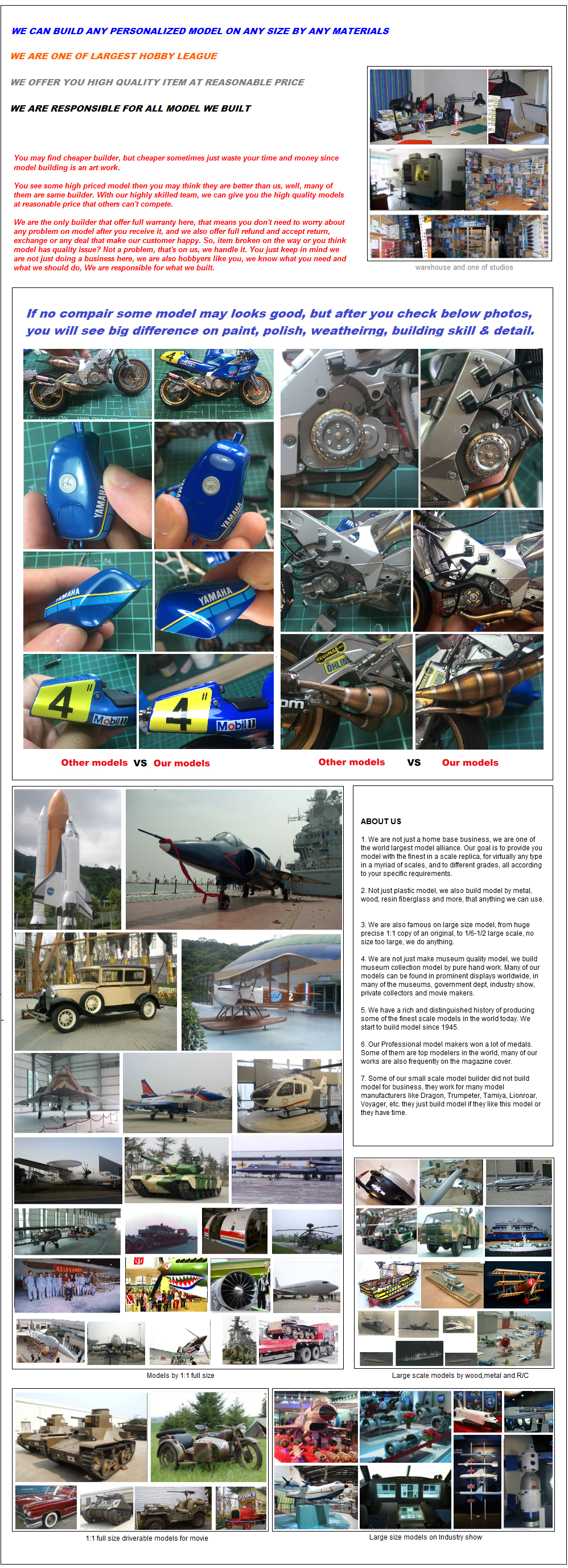 |
 |

|
 |
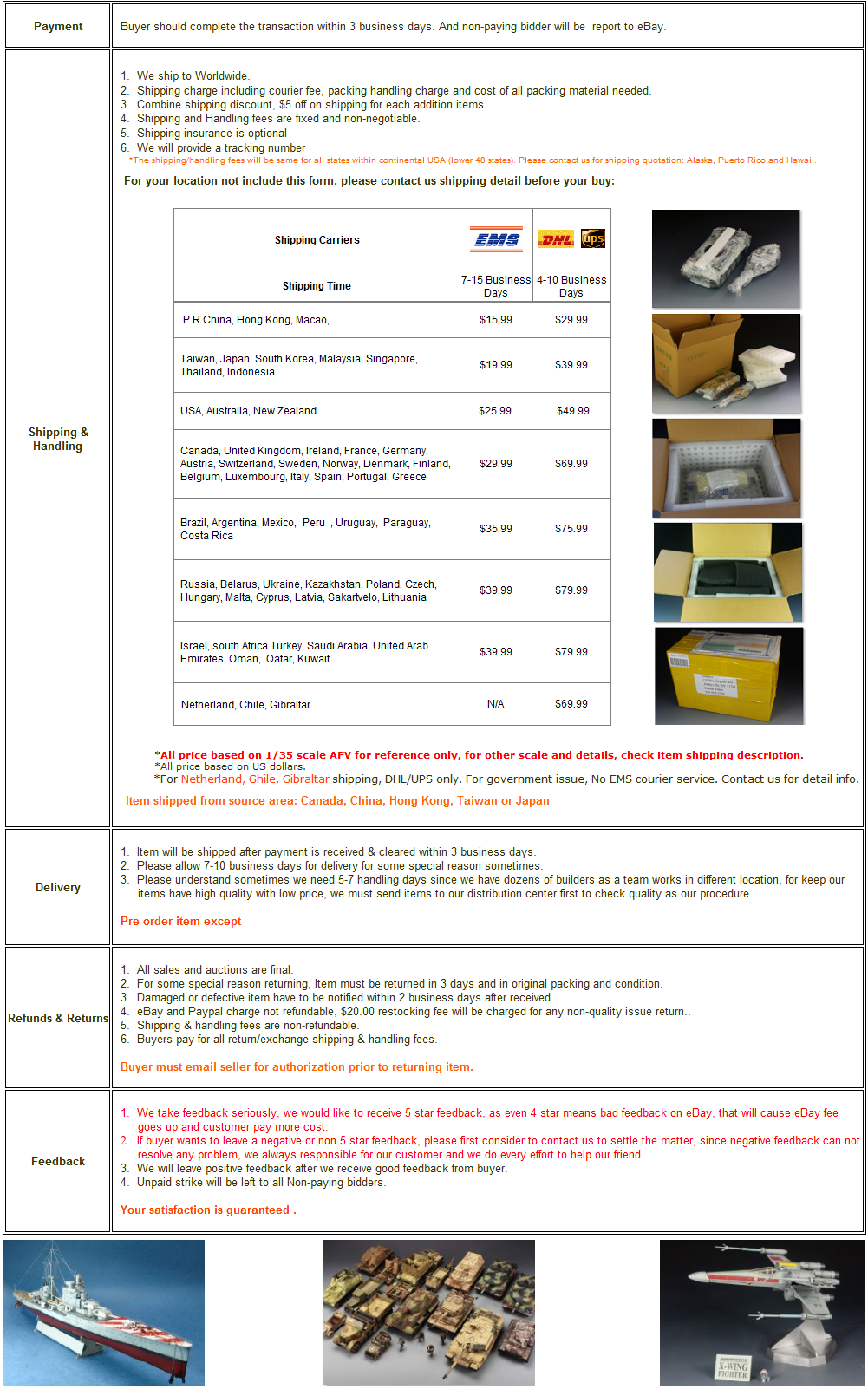
|
 |
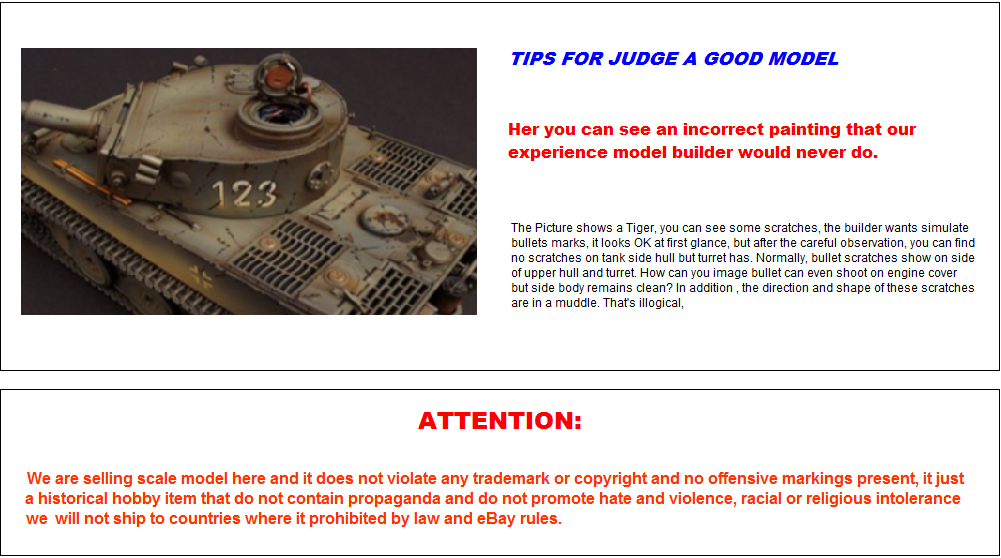
|
 | |